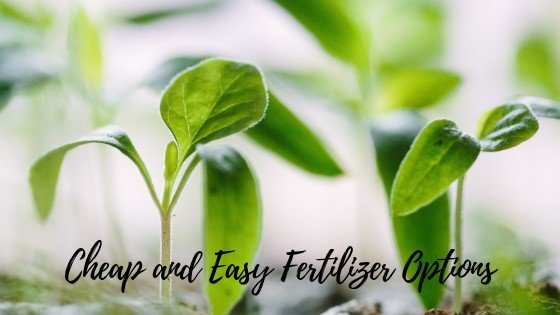
Cheap and Easy Fertilizer Options
Growing your own veggies and fruits had always been satisfying. Aside from the fact that it can be significantly cheaper than store-bought, it’s also way healthier than some of those you can buy from supermarkets. I bet you would agree, right?
But gardeners today tend to stop growing their own backyard produce thinking it’s no longer practical at all. This sentiment is often due to the high costs of fertilizers and compost, which are essential for a good fruit and veggie yield. But that shouldn’t really be the case, as gardening doesn’t need to be expensive at all!
Follow along as we help you discover some ways to save money with tips on how to use common waste materials and lower cost ingredients to make your own fertilizer DIY style. Let’s get started:
Back in the day, people used their own compost and created homemade fertilizer, which is something you should consider. Manure was the primary source of nitrogen (N) mixed with a ratio of carbon materials and broken down to add nutrients to the soil. Understanding that basic concept can allow you to skip some of the costs of gardening by being resourceful. If the cost of fertilizers is a big hurdle in your gardening journey, we’ve got some good news! And if you have zero ideas about how to get started saving money by using everything from kitchen scraps to grass clippings, worry no more because you’re in the right place. Let’s take a look at some of the top inexpensive (or free?) options for growing an amazing garden.
Check out our top 15 simple and inexpensive homemade fertilizers:
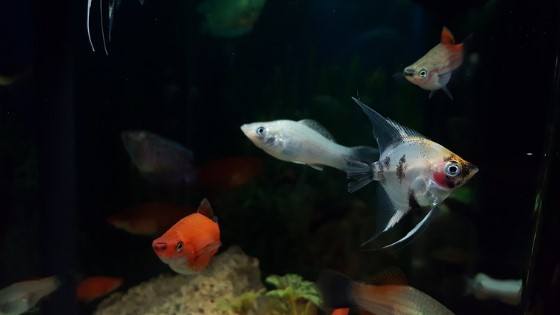
Aquarium water as plant food?
Aquarium water contains (obviously) fish waste from the bottom of the tank, which makes a great plant fertilizer. So instead of throwing that water out the backdoor when you’re cleaning your aquarium, give it to your garden plants. Just be sure you use “fresh” water and not water from a saltwater tank. That would be BAD…really bad. Also be aware of the smell and stick to using this on your ornamental outdoor plants. For veggie gardeners willing to spend a small amount, there’s a commercial product called fish emulsion that’s extremely effective and affordable as well. Then again, you could always go fishing! 😆
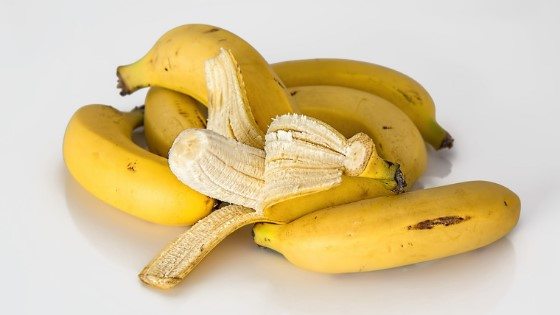
Using Banana Peels as Garden Fertilizer
Bananas are an all-time favorite fruit. But did you know that aside from being tasty and healthy for humans, banana peel can also provide a nutrient boost to a lot of plants? If you’re growing a rose bush, bury a banana or just the peel in the hole beside the plant. This is perfect for those times you don’t eat them all before they get overripe and you don’t have time to make pudding! Just bury them instead! And as your rose grows, continue to bury bananas or banana peels into the top layer of the soil. This process will give your plants a much-needed amount of potassium, which is crucial for their growth.
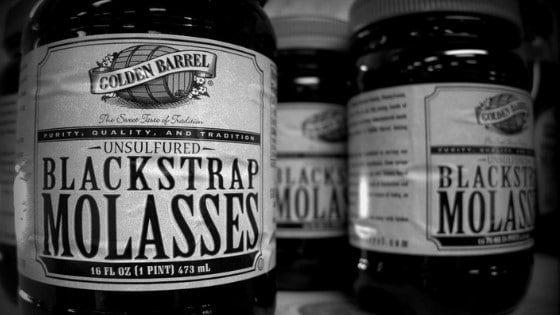
Molasses makes a great plant food
Blackstrap molasses can work absolute wonders on your garden, because it contains a lot of important macronutrients your plants need. It includes carbon, iron, sulfur, potassium, calcium, manganese, potash, copper,magnesium, and a handful of other minerals. Aside from the benefit of having tons of nutrients, molasses also feeds beneficial bacteria that promote soil and overall plant health. Blackstrap molasses is more effective if mixed with another all-purpose fertilizer, preferably Epsom salt, and alfalfa meal. Mix one cup of each (Epsom salts and alfalfa meal) in four gallons of water and top it off with 1 tablespoon of blackstrap molasses. Another winning combination is to mix it with compost tea that has already steeped.
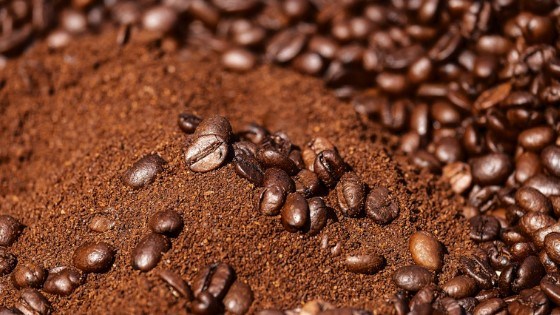
Used Coffee Grounds as plant fertilizer
Used coffee grounds are deemed useful for all plants that are acidic like blueberries, evergreens, azaleas, roses, camellias, tomatoes, avocados, and many other fruit-bearing trees. Coffee grounds contain about 2% nitrogen, about 3% phosphoric acid, and about 1% of potash. Coffee grounds are best used dried. Lightly scatter your grounds around your plants. It is strongly recommended not to scatter them thickly while they are wet as you’re risking some mold growth.
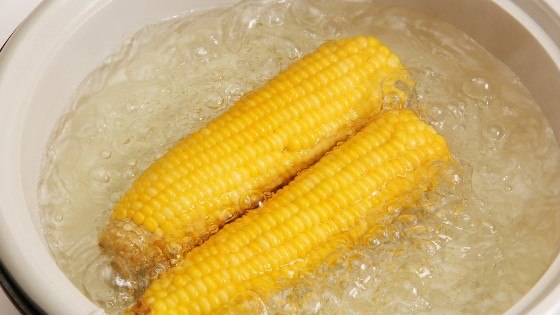
Used Cooking Water as Homemade Plant Fertilizer
The foods we cook release amounts of plant-healthy nutrients into the water. Water that you used to boil food like potatoes, vegetables, eggs, and even pasta can actually be used as a fertilizer. But when using cooking water, ensure you let it cool before giving it to your plants. (That’s a no-brainer really, but worth mentioning.)
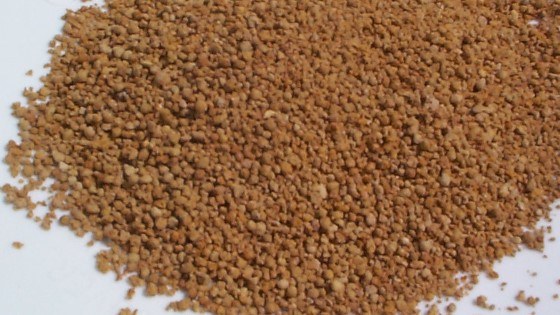
Corn Gluten Meal – A Great Source of Nitrogen
Corn gluten meal is a byproduct of the wet-milling process for corn that contains 10% nitrogen and is commonly being used as an organic pre-emergent herbicide. The application is pretty simple. Just spread a thin layer of corn gluten meal then scratch it into the top inch of soil. Pro Tips: Some gardeners fear that corn gluten can harm their plants since it’s an herbicide – a 100% legit concern but corn gluten meal only works as an herbicide prior to seeds germination, which means it won’t hurt plants that already sprouted. Wait until 2 weeks past seed germination, and this stuff is fine to use in moderation.
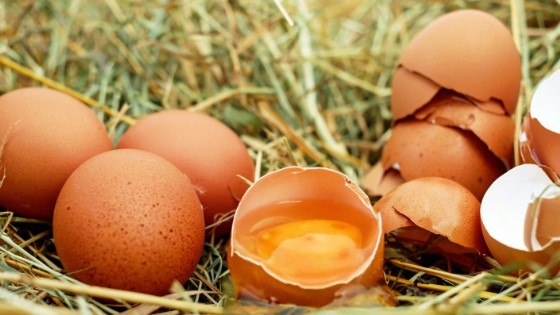
Save eggshells to provide calcium and trace minerals for your plants
Containing about 1% nitrogen, about half-percent phosphoric acid plus other trace elements like zinc, eggshells makes a practical fertilizer. Plus, eggshells contain a high concentration of calcium, which is an essential nutrient that your plants need for cell manufacturing and overall growth. 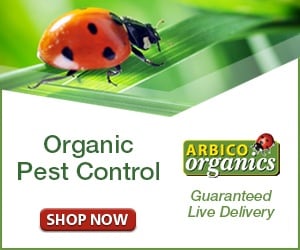 And since cell growth is taking up too much calcium from the ground, your plants need replenishment, which eggshells can definitely offer. Like corn gluten meal, application of eggshells as fertilizer can be pretty simple. So start by crushing them, use an old coffee grinder to powder them, and finally sprinkle them into the space all around your garden soil.
And since cell growth is taking up too much calcium from the ground, your plants need replenishment, which eggshells can definitely offer. Like corn gluten meal, application of eggshells as fertilizer can be pretty simple. So start by crushing them, use an old coffee grinder to powder them, and finally sprinkle them into the space all around your garden soil.
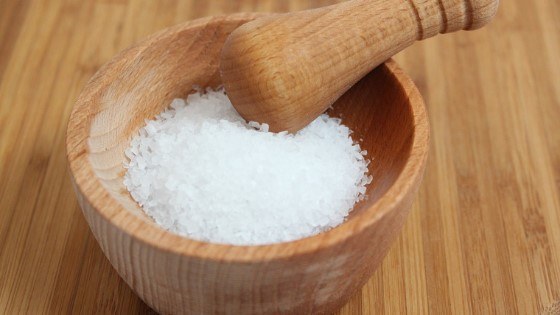
Epsom Salts – Good for the garden too
Epsom salts contain a good dose of magnesium and sulfur that’s great for growing herbs. To feed it to your plants, simply mix 1 tablespoon of Epsom salts into a gallon of water, fill in a sprayer or watering can, and gently apply it directly to the foliage. Do this at least once a month.
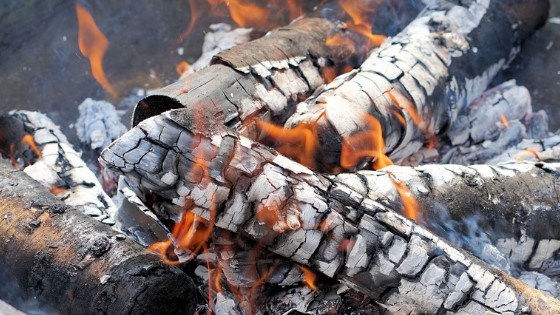
Wood ash from fireplaces makes a great plant food on the cheap
Wood ashes contain potassium and calcium carbonate so it would make a nice option, which you can apply by simply having it sprinkled onto your soil. Just be sure the ashes that you’ll be using have no charcoal or lighter fluid which can be harmful to your plants. Fireplace ash fertilizer can even jolt your grass back to life. If you have a few spots dying out, simply apply a small bit before watering.
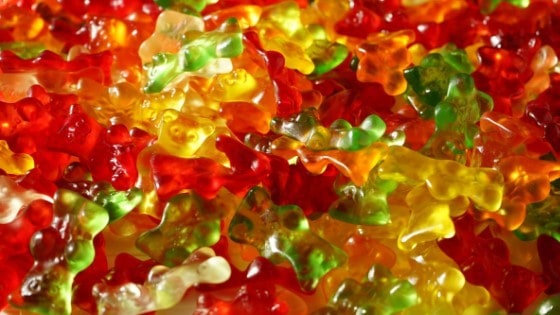
Gelatin powder provides lots of nitrogen to growing plants
Gelatin powder can be a great source of nitrogen and is great for houseplants like elephant ears that are grown for ornamental foliage. To use, dissolve one pack of gelatin powder in 1 cup of hot water and then add 3 cups of cold water. You can pour it directly on the soil around your plants once a month, and I like to mark that on a calendar as a reminder.
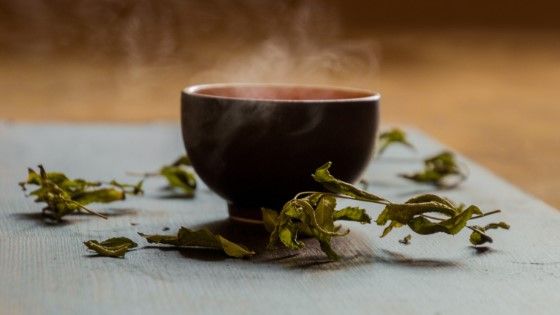
Green Tea (or used tea bags) as a cheap plant fertilizer
You know green tea is good for you, right? Well, tea leaves are good for your plants too! Use 1 tea bag to 2 gallons of water and use it to water your plants every four weeks. If you want to save even more money while also keeping a ‘vitamin tree’ handy, consider growing Moringa. It’s leaves make an excellent compost tea.
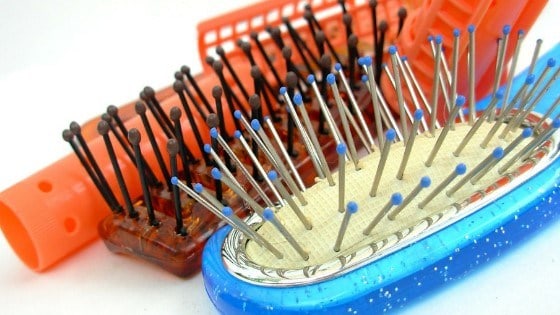
Yes…hair can be used to fertilize ORNAMENTAL plants
Hair. And you heard that right. Hair is a good source of nitrogen and also acts a deer repellent. I’m just not so sure I’d try this on anything but ornamental houseplants, but who says you can’t if it’s tilled in during a dormant season, I guess? Your hairbrush may not supply you enough so you may want to ask some nearby barber shop or beauty salon. They’d be willing to save it for your garden for sure. Aside from human hair, dog hair, horse hair, and even cat hair will work too.
Horse feed makes a great soil amendment
Horse feed contains molasses so as you already know from earlier in this article, it will make an excellent fertilizer. To use horse feed, simply sprinkle it on top of the soil. Another way you can use is to dissolve it in a bucket of water alone, or mix it with other fertilizer to be applied as a soil drench.
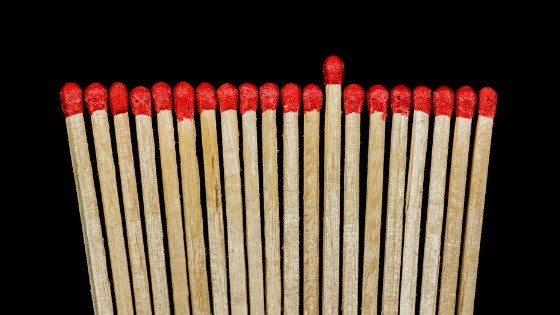
Matches can be used to feed magnesium to houseplants
If you’re no longer using matches to light up, that’s fine and who says you should? They’re a headache after all! Use matches as a fertilizer instead, as they contain a great deal of magnesium. There are two ways to use them. First, simply add the whole match in the hole with your plant or second, you can soak the matches in a bucket of liquid water to allow the magnesium to dissolve in the water for an easier application.
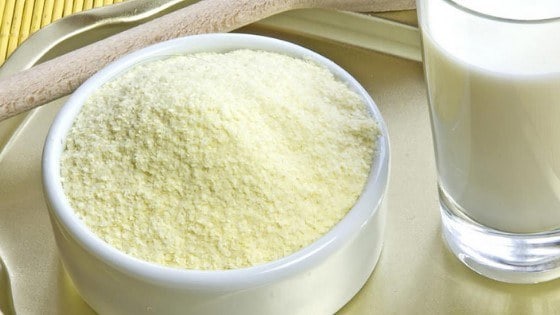
Powdered milk as a nutrient-dense plant fertilizer
This oh-so-yummy drink that is a source of calcium isn’t just best for humans. Plants could benefit from a few cups of it too. Mix a bit of diluted powdered milk into the garden soil prior to planting and your done. Looking for more cheap and effective fertilizers? Visit Fertilizer for LESS, and shop around for good quality fertilizers at affordable prices! Or send us a reply below in the comments. You don’t have to log in and we love hearing what everyone says about our home and garden blog. You can email us at sales@fertilizerforless.com and make sure to share this fun DIY article far and wide. Thanks and best wishes for your garden this summer!

